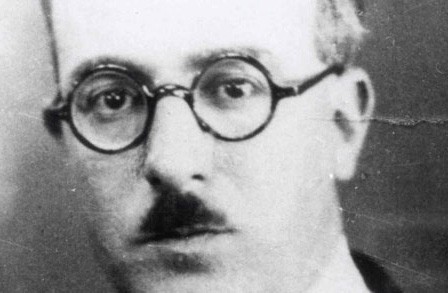I, or at least several of my heteronyms, am a ‘fan’ of Pessoa (1888 – 1935) and noticed some similarities to Nietzsche (their fathers died when they were five and they both developed cherished alter egos). I read a famous poem that I have encountered before, while living in Lisbon. Autopsychography is a concise description of the complex persona of its author. Here is the English rendition by Edouard Roditi:
Autopsychography
The poet is a man who feigns
And feigns so thoroughly, at last
He manages to feign as pain
The pain he really feels,And those who read what once he wrote
Feel clearly, in the pain they read,
Neither of the pains he felt,
Only a pain they cannot sense.And thus, around its jolting track
There runs, to keep our reason busy,
The circling clockwork train of ours
That men agree to call a heart.
There are many English translations of this poem and comparing them is an interesting exercise. The feigning of the pain does come across in English, but it’s such a delicate idea that we can’t really do without the original Portuguese (can we?) “Que chega a fingir que é dor / A dor que deveras sente.”
The second stanza has an alternative translation by Keith Bosley:
And those who read his cries
Feel in the paper tears
Not two aches that are his
But one that is not theirs.
Pessoa’s readers experience a strange pain that is not their own, a pain that keeps our reason busy:
And the third stanza was better translated by Roy Campbell:
Thus to beguile and entertain
The reason, does he start,
Upon its rails, the clockwork train
That’s also called the heart.
The image of the toy train (clockwork train reminds me of Anthony Burgess’ Clockwork Orange) circling around in our chest, just to keep our reason or mind entertained is a powerful image. Pessoa himself surely kept his reason busy and beguiled when he created around 72 heteronyms during his writing careers.

One thought on “Reading: Autopsychography by Fernando Pessoa”
Comments are closed.